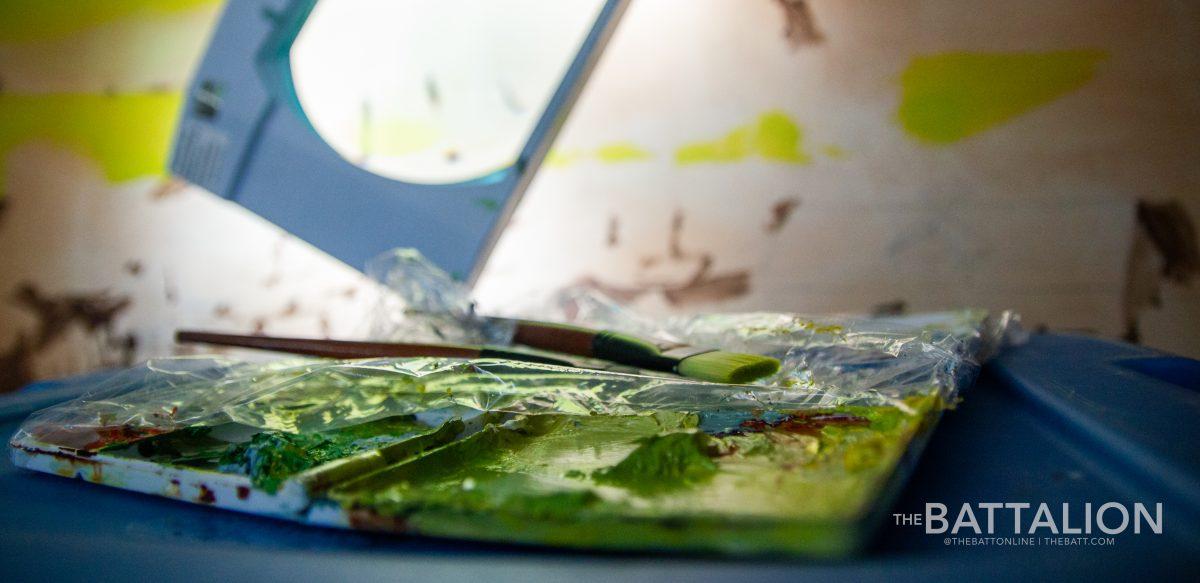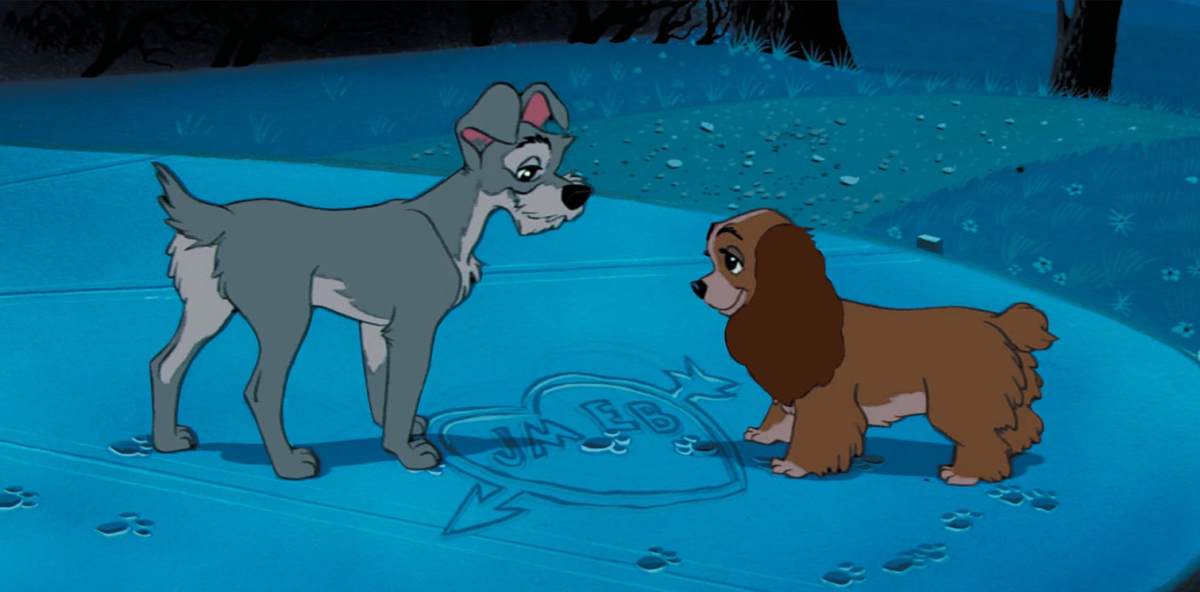More often than not, humans seek to reach their highest potential in what they can achieve, specifically within their interests and careers. Within the art world, everyone seeks to be “the one” who changes the playing field — to set the standard for what it means to be an artist among artists. With so many reaching for appraisal and fame, a large margin of error has been set for those who seek to be the exception.
Those who have become the meaningful exceptions manage to earn the title of “the one” who never sought after the chase. This is known as “the spell”.
Art is anything but formulaic. Of course, art can follow simple rules, and an artist can abide by certain standards in their work, but the result sought after cannot be identifiable before it is finished. Typing “one plus one” will yield the same results every time in any given calculator, but brushing paint onto a canvas will never yield the same result. Obviously, humans aren’t machines made to replicate set patterns, goals and interests. Other variables such as skill, talent and experience will commonly dictate what will be produced. With the right amount of technicality, anyone can produce a good piece of art. However, not all good pieces of art are fine pieces of art.
Take for example the infamous Instagram lip drawings, seemingly scattered throughout art feeds. When closely examined, you can see that the artists have mastered the technique of drawing realistic lips on paper, with whimsical features added. No doubt, there is technique applied to these pieces, but it’s definitely not worthy to be placed at the Louvre. Aside from the constant saturation of color pencil lip drawings, the reason why these drawings don’t pass for fine art is because they are meant to be flawless.
So much time and effort had been put into the drawings to look perfect because no other features are included within the piece. Obviously, a drawing of lips wouldn’t carry much sentimental value, but when applied to other mediums such as songs or films, it becomes more apparent. Most songs can be catchy and perfectly formulated ear-worms, but it doesn’t take an expert to know that a song can be both catchy and terrible at the same time, like “Happy” by Pharrell Williams. Most movies are known to be Oscar bait performances by pandering to critics with conceited tragedies with expensive budgets.
It’s the diamonds in the rough that produce such artistic qualities. For example, Catherine Hardwicke’s 2003 movie “Thirteen” only had a budget of $2 million and was met with grand reviews and made around $10 million in box office. More recently, Kate Bush’s 1985 song “Running Up That Hill (A Deal with God)” gained massive popularity after its use in a significant scene in the Netflix series “Stranger Things”. In Bush’s interview with BBC Radio, she stated, “I thought that the track would get some attention, but I just never imagined that it would be anything like this.”
In essence, a work of art shouldn’t be centered on whether it will gain attention, or rather when it will, but the attention will come naturally if at the right time and place. It took “Running Up That Hill (A Deal with God)” 37 years to gain the level of popularity it has right now, meaning there are other diamonds hiding right under our noses waiting to be discovered. The song wasn’t formulated to become a hit in a television show nearly four decades later, and it is almost certain that if such a song were made specifically for that scene with the intention of being popular, it would surely fail.
In order for art to obtain the spell, it must first be ignored.











